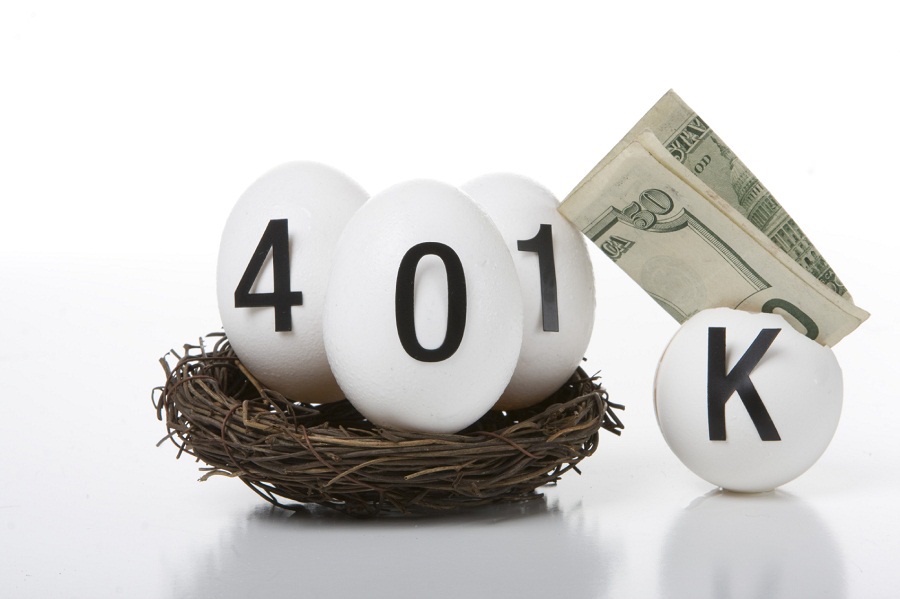Small 401(k) plans lag their larger counterparts on important metrics such plan participation and automatic enrollment.
Small retirement plans — those with less than $20 million — had a plan-weighted participation rate of 72% last year, according to Vanguard Group's annual How America Saves Small Business Edition report. Larger plans — those with more than $20 million — had a much higher participation rate, at 82%.
The participation rate, which measures how many employees save in their company 401(k), is the broadest metric for gauging 401(k) plan performance, according to Vanguard.
(More: 401(k) savings rates have stagnated)
There are several reasons for this trend, according to experts.
For one, large plans use automatic enrollment to a much greater degree, said Jean Young, author of the Vanguard small business report, which studies data from the 11,300 small Vanguard 401(k) plans. The average plan in the report had 43 participants and $2.4 million.
Only 15% of small plans used auto-enrollment in 2018, compared with 48% of larger plans.
Small businesses may be more sensitive than larger ones to add auto-enrollment, however, due partly to an additional cost that's sometimes levied to add the feature, Ms. Young said. The employee-benefits onboarding process is often a more personalized, one-on-one experience among small employers, who may therefore believe there's no need for automatic enrollment, she said.
(More: When automatic enrollment doesn't make sense for 401(k) plans)
Aaron Pottichen, senior vice president at Alliant Retirement Consulting, said these more personal employer-employee relationships lead some plan sponsors to shy away from auto-enrollment, for fear of being too overbearing.
"Auto-enrollment seems like a Big brother thing, and they don't want to impose that on people," Mr. Pottichen said.
Wages also play a large role in participation, with the higher-paid employees of larger companies tending to participate more in their 401(k) plans, said Ms. Young, senior research analyst at Vanguard's Center for Investor Research.
The median participant income among small-business employees was $62,000 in 2018, compared with $70,000 for employees with larger retirement plans.
(More: Target-date fund design may be wrong for retirees)
There are some 401(k) plan features that have experienced greater adoption by small rather than large plans. For example, 16% of small-plan participants use a Roth 401(k) account, compared with 11% of those in large plans. Further, two-thirds of participants in small plans use a professionally managed allocation fund, such as a target-date fund, balanced fund or managed account, whereas that's true for 59% of people in larger plans.







